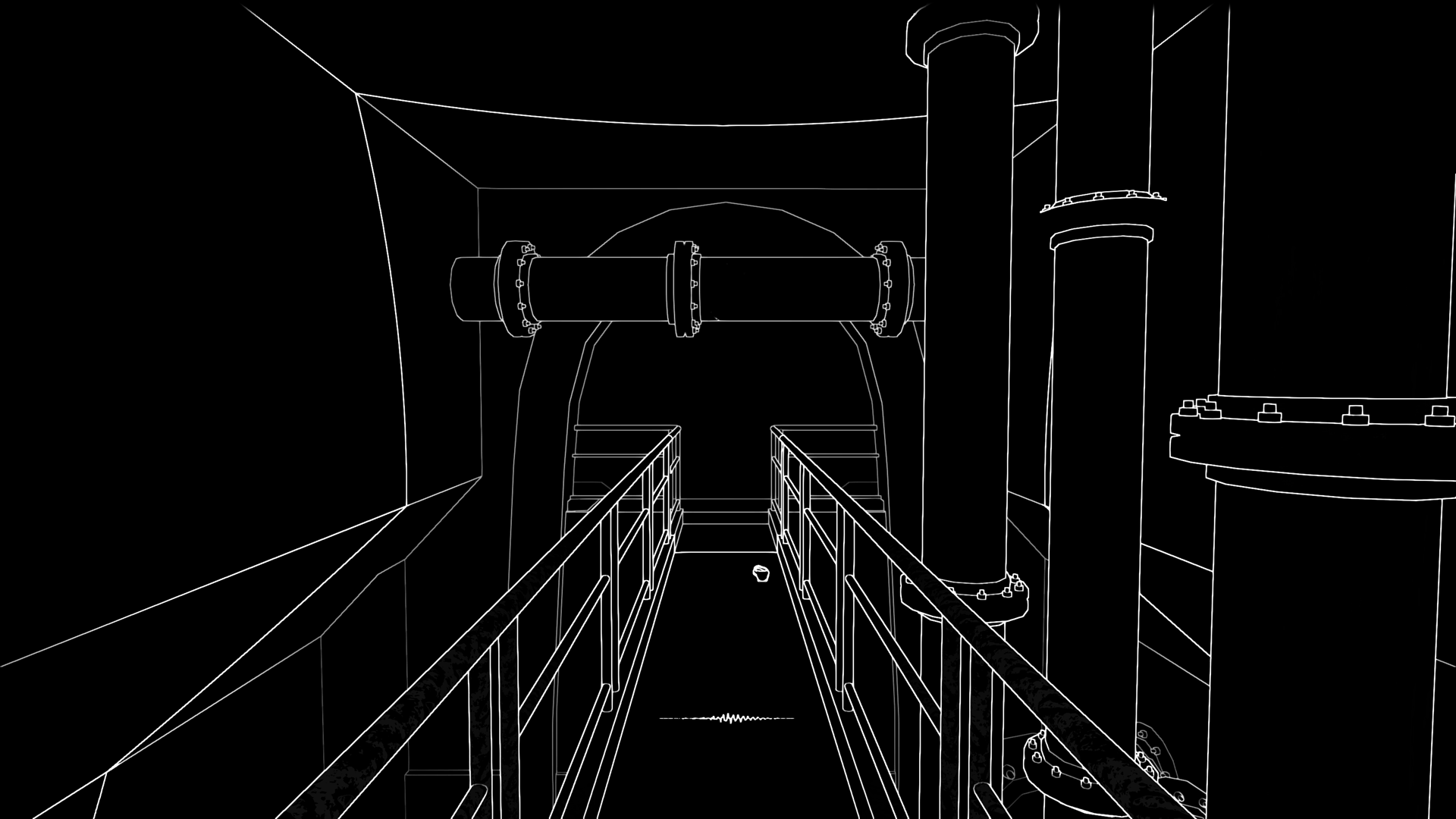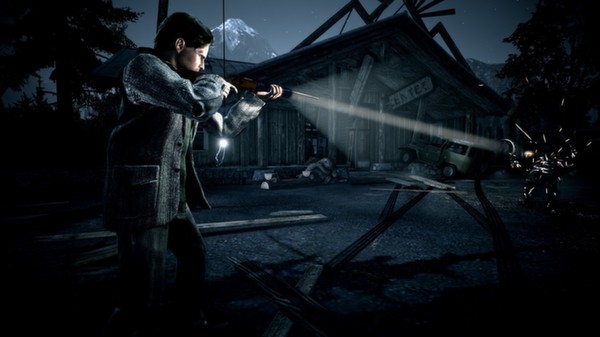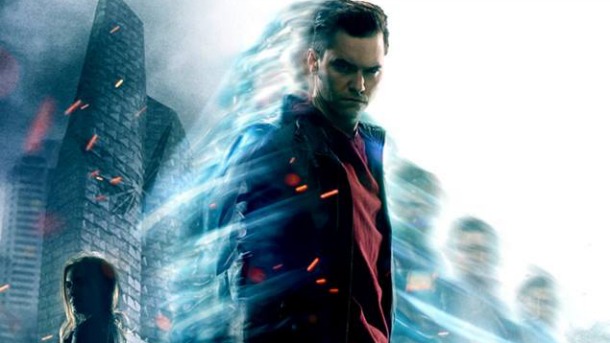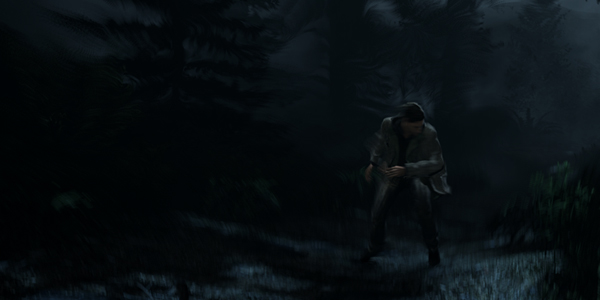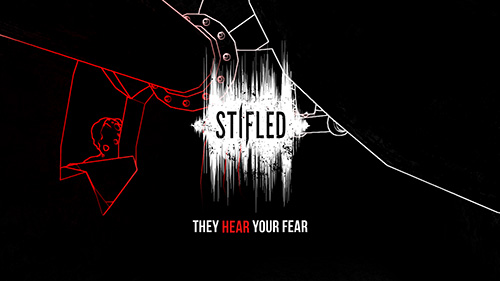
I hadn’t thought of it much before playing Stifled, but it’s weird how ubiquitous the flashlight has become in horror games. I can remember a point, probably around the time of Silent Hill and Alone in the Dark: The New Nightmare where lighting effects had just barely reached the point for flashlights to be realistically incorporated into gameplay, and from then on its been a staple. Acting as your lifeline to navigate dark hallways and monster-infested areas, even literally becoming weaponised in Alan Wake, it’s hard to imagine a horror game without one. From Singaporean Gattai Games, Stifled, tries to do just that by inviting the player to be virtually blinded in a world totally dependent on sound.
Stifled places you in a world with an incredibly limited field of view. While the game’s 3D graphics are basic, an ever-present fog fills the screen for anything more than a foot away from you, effectively blinding you and forcing you to use walls as points of reference to navigate. The only way to make the fog recede is to make noise, in-game that can be by walking around on loud surfaces, but more interestingly, Stifled makes use of your own microphone to carry this mechanic into the real world.
It’s recommended to play Stifled on PlayStation VR, as it uses the headset’s inbuilt microphone to complement the experience, although you certainly can play the game on a normal TV with your own mic as well. The idea is that any noise you make yourself can also illuminate the world around you. These take on the form of pulses, which make the environment’s outlines glow like a black-and-white blueprint as they travel through them, before fading. There’s no voice recognition at play, but if you need a quick glimpse at where you’re going, you can utter a short word and the volume of it will correspond to the size of the pulse you send out.
Of course, I quickly learned the easiest way to game the system was to whistle (the theme tune to Wallace & Gromit seemed to work especially well), which sent out constant pulses that more or less made the entire environment visible. Unfortunately, this is also a sure-fire way to alert enemies.
Enemies are drawn to sound pulses, which includes footsteps and any sounds you make using the microphone. With no way to fight, avoiding them requires planning, as moving must be done quietly and blindly, to avoid giving your position away. There are three enemy types in the game, two of which are invisible unless revealed by sound pulses, although they can all be distracted by throwing objects around, which is often your only means of passing through an area.
Honestly, it’s an effective and inventive horror mechanic, and the game doesn’t outstay its length. In the game’s brisk 3-hour length, the developer’s effectively showcase their interesting ideas for the sound mechanic and it works as a tool to create a tense atmosphere.
However, the game does lack a few elements that could make the experience hang together as more than just a neat horror idea. The storyline, which does get its share of focus with slow-paced interludes usually based in your character’s house, just isn’t very compelling. Much of the events are vague and surreal, but like Here They Lie you’re not sure if that’s just the case because that’s what horror games do. I also found the ending to be a little aggravating – while I’m trying not to spoil anything, I will say you’re presented with a choice with very little information if you haven’t been paying attention, the wrong decision sending you back to the very beginning of the game.
In VR, the developers have installed a few options to make the experience easier to play. You can turn on a vignette-effect and ‘snap-turns’ to mitigate any nausea while travelling in three dimensions, although advanced VR users also have the option to go without and free roam. However, the resolution does seem quite low when played on PlayStation VR, so much so it makes reading text on in-game objects quite difficult, although the examine function to have the text shown in pop-up windows is appreciated.
Stifled works as a cool proof-of-concept for Gattai Games, showing that the developers are capable of thinking outside the box in unique ways. It’s a neat idea, and the short experience more-or-less showcases what’s possible with it, but the game doesn’t leave much of an impact beyond that. Stifled is best played with friends who can jostle you into involuntarily yelling and being attacked by horrible monstrosities, just like any good party.
- Extremely unique and inventive concept for horror - Interesting enemy types - Cool visual style
- Story isn't very gripping or compelling - Basic 3D graphics and resolution problems in VR

